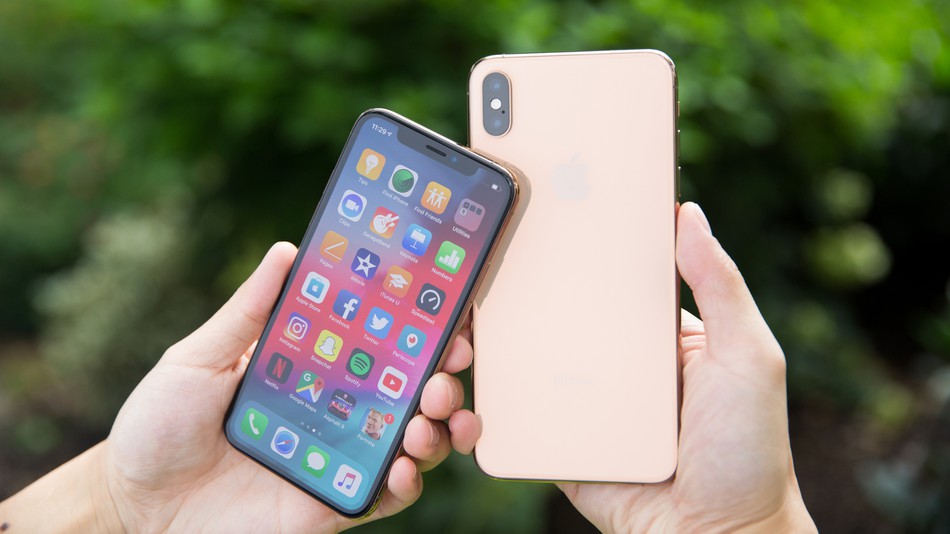What Apple and Qualcomm’s settlement means for the 5G iPhone. Apple in so much for one of the biggest tech courtroom battles in history.

As the smoke settles over Apple and Qualcomm’s sudden agreement to end all litigation between the two companies worldwide, the attention has now turned to the 5G iPhone. With the tech giants no longer feuding, what does this mean for the 5G iPhone? Is it back on track for a 2020 release? Maybe, but it’ll be tight.
Prior to Tuesday’s unexpected settlement, many analysts were losing faith in Apple being able to deliver a 5G iPhone by 2020.
Earlier this month, UBS analyst Timothi Arcuri told investors there was “increasing potential that Apple may not be able to ship a 5G iPhone for 2020.” He cited Apple’s failure to secure necessary 5G modems as the main reason why a 5G iPhone might not ship until 2021 at the earliest.
Without any supplier, a 5G iPhone in 2020 would have been impossible. However, the settlement could change things.
“I think it should mean Apple is back on track for a 2020 launch as long as Qualcomm has supply,” says Carolina Milanesi, a consumer tech analysts at Creative Strategies.
Even if Qualcomm can’t provide enough 5G modems to Apple in time for 2020, Milanesi thinks they could “prioritize some markets such as the U.S. and China for instance.”
Other analysts aren’t quite as optimistic. Though he still believes a 5G iPhone won’t launch until 2021, Patrick Moorhead, president and principal analyst at Moor Insights & Strategy, says squeezing a 5G iPhone into 2020 would be “tight.”
Though Apple and Qualcomm didn’t disclose specific chip details to their agreement — only that the two companies “have reached a six-year license agreement, effective as of April 1, 2019, including a two-year option to extend, and a multiyear chipset supply agreement” — it’s very likely Apple will now have access to Qualcomm’s 5G modems, such as the Snapdragon X55 5G modem announced in February.
With Qualcomm back in the supplier mix, the heat will be on for Intel to accelerate development of its “XMM 8160 5G multimode modem” if it wants to continue being a modem supplier for future iPhones.
More importantly, Qualcomm’s return means Intel will need to step it up in terms of modem performance. While Intel’s 5G modem is capable of “up to 6Gbps” download speeds, Qualcomm’s X55 is already faster with advertised speeds of “up to 7Gbps”.
Apple and Qualcomm’s settlement couldn’t have come at a better time. As phone makers release 5G phones and carriers begin to light up their 5G networks this year, it was becoming worrisome that Apple might be left behind the next mobile revolution. Now, it would appear Apple might have made it just in the nick of time.
What Apple and Qualcomm’s settlement means for the 5G iPhone.
The big question is whether Apple rushes out an iPhone to meet the 5G blitz that’s planned for 2020 or it waits (like it’s previously done with 3G and 4G) until the networks are more mature and deployment is widespread — what’s the point of a 5G phone if you don’t have a 5G network to use it on?
Also read:
